In the early 1990s, Kenji Kawakami was working for a housewife-focused shopping magazine called Mail Order Life, when the editor found himself short a few items. So Kawakami decided to include a few of his own ridiculous and wacky inventions, both as a joke and a way fill empty column inches.
Among them, this solar-powered flashlight…
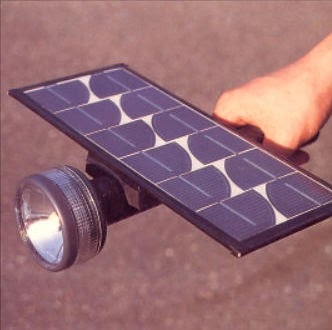
The fake items proved to be a hit, and thus was born Chindogu, a combination of the Japanese words for weird or unusual (“chin”) and tool (“dogu”) — or as many people like to call them, useless Japanese inventions. Behind these charmingly useless inventions, the Chindogu movement is actually intended as a critique of consumerism and what’s called “Japan Inc.,” the country’s centralized economic system.
But Chindogu can also teach us a thing or two about good design. Each of these inventions is a cautionary tale of sorts, so we’re going to look at a few of the lessons they offer.
Users Come First
Many Chindogu inventions address actual problems, but the solutions create more problems than they solve. Consider the Hay Fever Headset—an at-the-ready roll of tissue ready for anyone with a bad case of the sniffles. Now imagine the neck pain—not to mention damage to one’s personal brand—that would result from actually wearing this thing.

Or the Butter Stick. How would a user actually reload this thing? Where does the rest of the bar of butter go? And is putting butter on toast all that difficult in the first place?
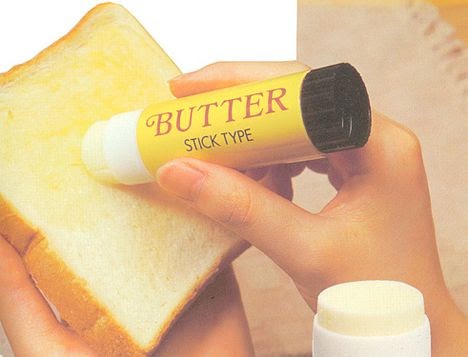
The moral of the story: UX design is important.
Always Ask, “Do We Really Need This [Button/Menu Option/Umbrella Tie]?”
The over-engineered, way-too-specific nature of Chindogu means inventors are essentially creating something that never needed to exist in the first place. Stroll the virtual aisles of Kickstarter or Indiegogo, and you’re likely to find designs that wouldn’t appear out of place in a Chindogu collection.
How often do you apply eye drops? And when you do, is it difficult enough that you’d be interested in buying the Eye Drop Funnel Glasses?
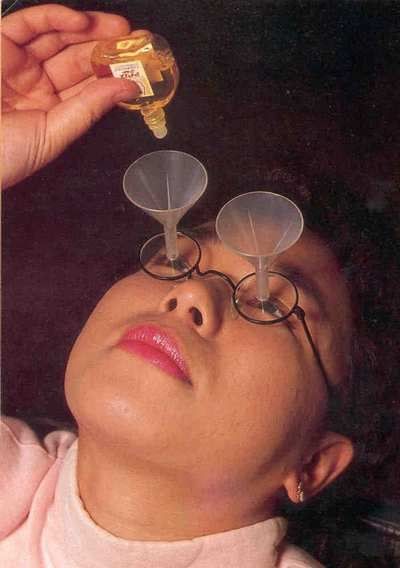
Of course no one likes boiling hot ramen, but a little patience and some exhales should render the Chopstick Fan obsolete.
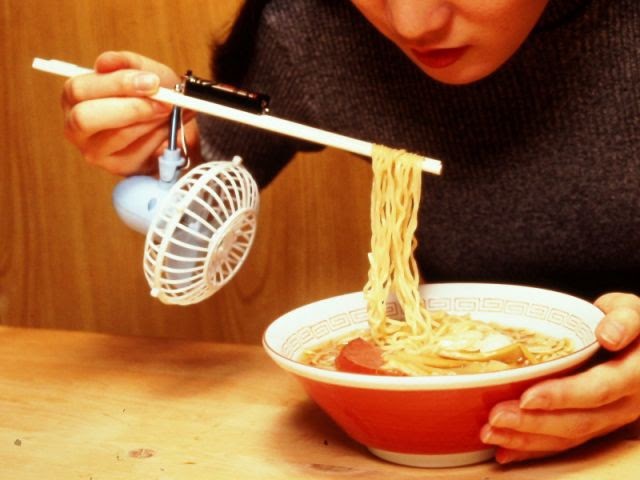
Don’t make your users work more than they absolutely need to.
Whether it’s another form field users are compelled to fill out, or a Sock Closet, when you’re forcing people to do more work than they need to, no one wins.
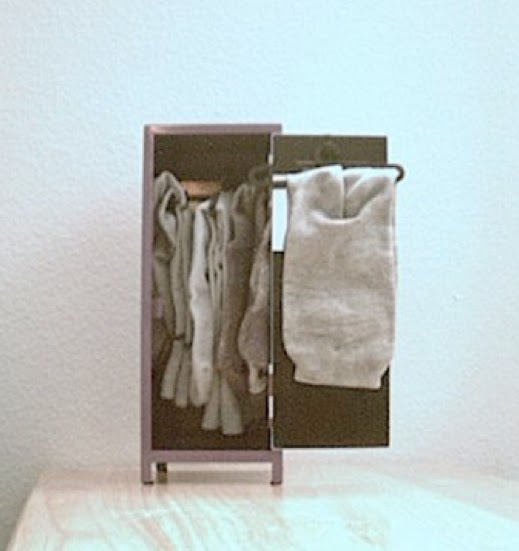
Sock Hangers, apparently, are sold separately.
And while the Solar Powered Cigarette Lighter might be useful in certain post-apocalyptic scenarios where you really want a smoke but all the matches have disappeared, just imagine actually trying to make this work.
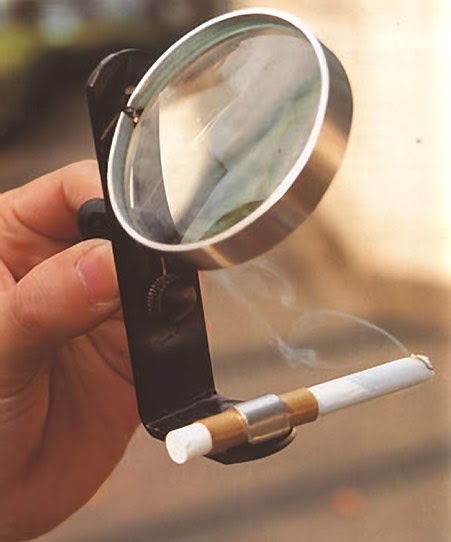
On Occasion, Crazy Ideas Actually Work.
Something important to keep in mind — not all of Chindogu is beyond the realm of leaping into consumer’s hearts, minds, and homes. In an irony only late capitalism could provide, the selfie stick actually appeared in Kawakawi’s 101 Un-Useless Japanese Inventions, first published in 1995.
Last year, the UK-headquartered sushi chain Yo! Sushi actually offered Chindogu gadgets as a promotional gimmick, including the Noodle Splash Guard, the Wasabi Stick, and yes, the Noodle Cooler.

And frankly, while the Back Scratcher’s T-Shirt hasn’t made the leap to mass-manufacturing just yet, we’d buy one in a heartbeat.
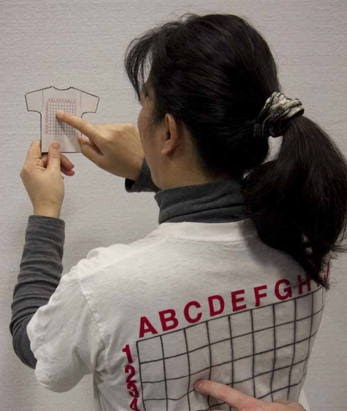
Want to embrace the practice of Chindogu? There’s no better place to start than The Ten Tenets of Chindogu.



